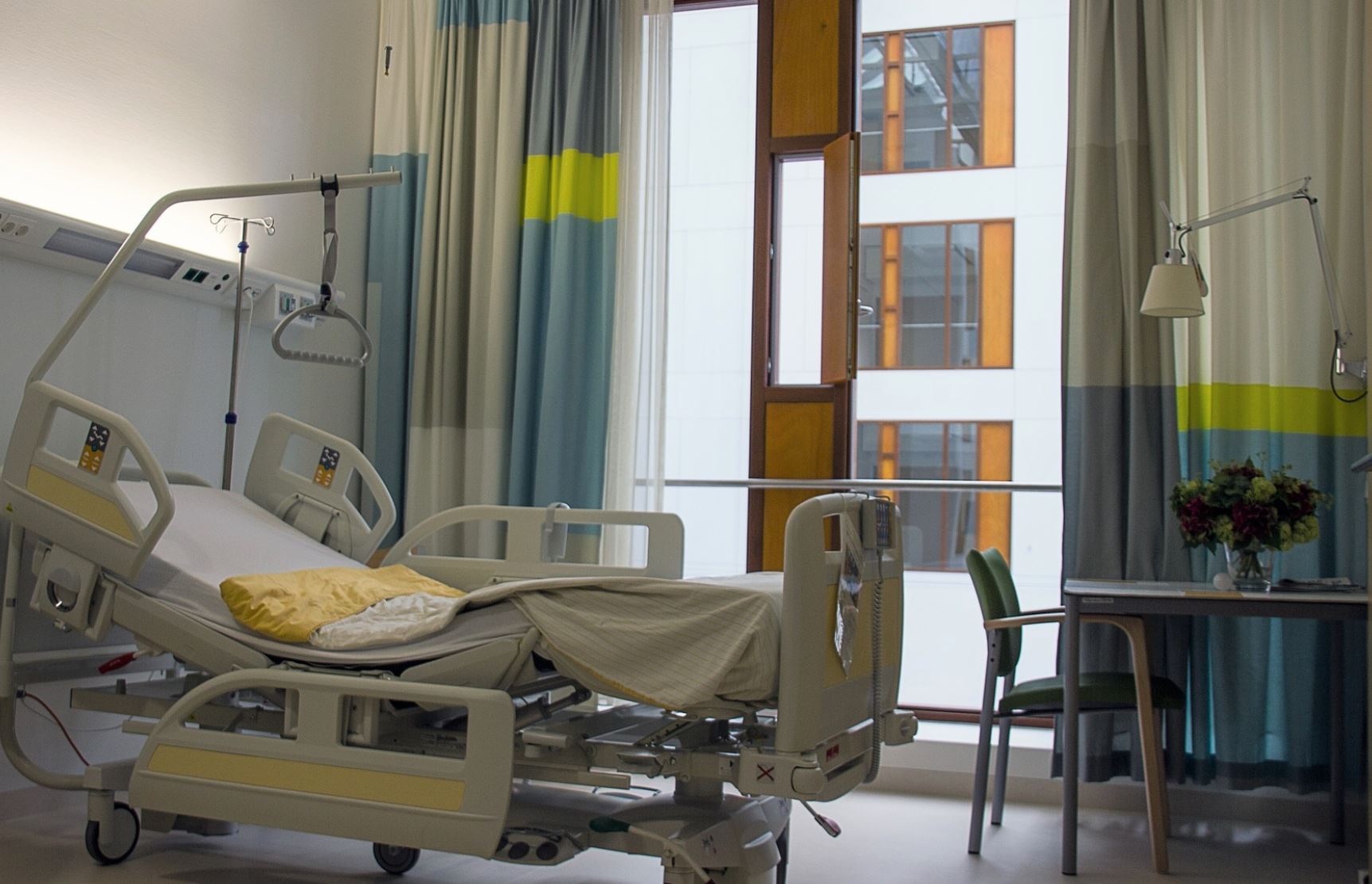
A snapshot of emergency department (ED) demand during the COVID-19 pandemic indicates that more accessible out-of-hospital services - such as telehealth GP appointments - may be a way to reduce the ongoing pressure on EDs, both during the pandemic and into the future.
The Flinders University study published in JMIR Human Factors surveyed 1289 adult Australians who experienced a health issue for which they would usually have gone to the ED. During the first wave of the pandemic, these patients either presented to an ED or tried to avoid the ED by seeking health care with alternatives such as a GP telehealth or GP face-to-face appointment.
The survey, which asked about their experiences and satisfaction with the health care they received, found 35% (or 450 patients) contacted another health care provider, of whom 40% (or 179 patients) were able to avoid presenting to an ED.
"This means 14% or 1 in 7 of all respondents sought health care from an alternative source to the ED and avoided presenting at an ED," says Professor of Health Economics Jon Karnon, Healthy communities theme lead of the Flinders Health and Medical Research Institute, Flinders University.

"The avoidance of an ED presentation to the date at which the survey was completed, combined with low levels of dissatisfaction with the health care received suggests around 1 in 7 patients with a perceived need for emergency care can be cared for satisfactorily outside of an ED."
However, the study findings also found that 1 in 10 people avoided seeking any health care for their issue. These people were often older with poorer general health and they may have missed out on receiving necessary care during the pandemic.
Self-management, and the avoidance of any professional care, was more common in older individuals and those with poor or very poor general health - groups at heightened risk of COVID-19 severe illness.
"The finding that 1 in 10 individuals with potentially urgent health care needs chose to self-manage their health condition suggests barriers to the use of telehealth," the authors say.
"The effectiveness of campaigns to promote use of primary care as an alternative to EDs may be limited by accessibility barriers and funding incentives that may promote ED attendance."
A recent Flinders University-led study found clinicians across general practice, allied health, and specialist services are finding changes to managerial and medical culture, combined with changes to funding of telehealth during the pandemic, have legitimised telehealth services, increasing confidence in and acceptance of this technology.
However, a separate Australian study found that patients may have trouble accessing telehealth if consultations are not available when required, if the patient does not have internet access, or the patient felt the process was too complicated. That study also found that 62% of patients who accessed telehealth services during the COVID-19 pandemic reported their experience as "as good as" or "better than" face-to-face appointments, and many reported that continuing telehealth services would be useful post-pandemic.
In the new survey, of the respondents who contacted another provider, 79% contacted a GP, with an ED presentation completely avoided by 43% of those who received a face-to-face consultation and 56% of those who received a telehealth consultation.
"The avoidance of an ED presentation by around half of all patients making a booked GP consultation implies more scope to promote the use of GP consultations as an alternative to presenting at an ED," Professor Karnon says.
GP telehealth consultations mean that patients do not need to travel to the doctor clinic or an ED department and experience long waiting times in the ED, while still providing a consultation with a medically trained doctor that is free at the point of care for patients.
"In comparison to a telephone helpline service, GP telehealth consultations are with doctors who can provide definitive medical advice, and long waiting times on the phone are avoided because an appointment time is made."
However, that authors note that a finding of concern was the 10% of respondents who did not seek any form of health care, with high reported rates of residual concern about their stated health issue at the time of survey completion.
The study, Access, Use, and Patient-Reported Experiences of Emergency Care During the COVID-19 Pandemic: Population-Based Survey (2021) by Jodi Gray, Andrew Partington and Jonathan Karnon, has been published in the JMIR Human Factors DOI: 10.2196/30878.






